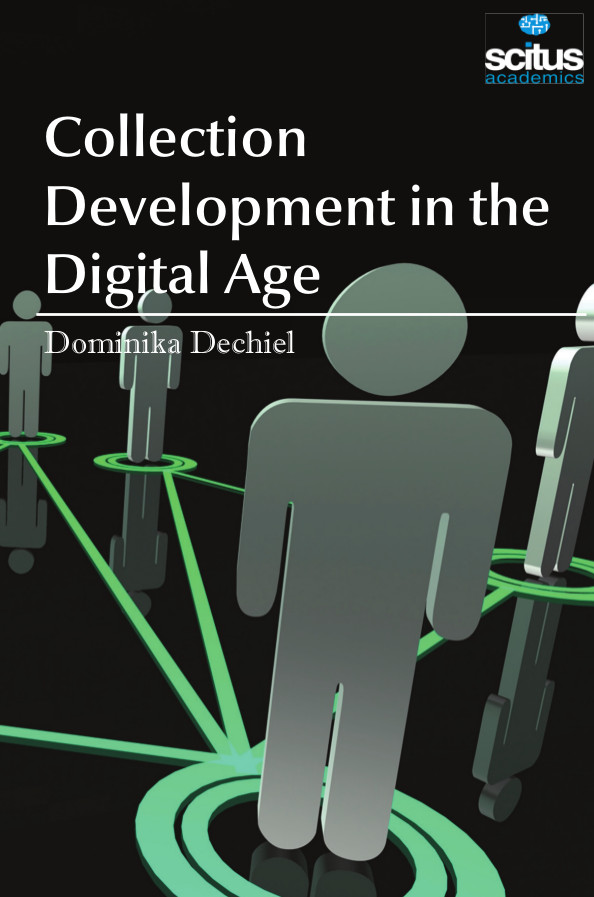The term “collection development” refers to the process of systematically building library collections to serve study, teaching, research, recreational, and other needs of library users. The process includes selection and deselection of current and retrospective materials, the planning of strategies for continuing acquisition, and evaluation of collections to determine how well they serve user needs. Overall, collection development encompasses many library operations ranging from the selection of individual titles for purchase to the withdrawal of expendable materials. An impressive number of publications on collection development have been produced within the last twenty years. The collection development policy is intended to provide guidance, within budgetary and space limitations, for the selection and evaluation of materials which anticipate and meet the needs of the Pasadena community. It directly relates the collection to the library’s mission statement, and defines the scope and standards of the various collections. As the community changes, the library will need to reassess and adapt its collections to reflect new and differing areas of interest and concern. The collection development policy will be periodically evaluated and revised as necessary to provide guidance for implementing changes in the collection. Before entering into a discussion of the policy framework, it is important to recognize the issues currently affecting the collection development planning process. The special library is usually created for the specific purpose of providing accurate and current information for a particular set of patrons and, therefore, must contain materials considered to be of quality and be able to access them in sometimes demanding circumstances. Inaccurate information in a special library may cause destruction for the supporting institution. The second issue involves concern over the information explosion. The amount of research and number of researchers is increasing, and the amount of published material is increasing, thereby challenging libraries in their desire to provide access to this increased wealth of information. Meanwhile, libraries have also been trying to contend with the rising cost of the materials in conjunction with the decreasing space in their physical facilities. Additionally, the impact of technology has created problems in accessing information. This book entitled Collection Development in the Digital Age explores evolving roles and ideas in collection development in the digital age.













